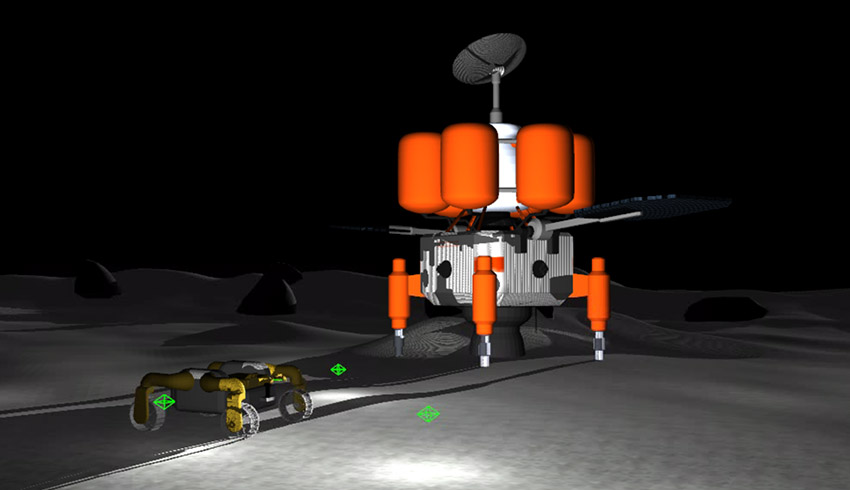The new design facility, located at the University of Adelaide, will offer organisations and individuals a space in which to push the boundaries of technical, industrial and business innovation.
The state-of-the-art facility is equipped with 12 workstations where specialists will work on a project such as a virtual model of a submarine, a robot roaming the surface of another planet or an industrial process that needs to be developed.
Adelaide University interim vice-chancellor, Professor Mike Brooks, said, "Innovation occurs through creative collaboration. The Collaborative Design Facility provides an environment in which people produce innovative design solutions and translate them into tangible concepts."
The spaces within the facility have been designed to enable interaction between people based on the activity they are involved in, their mood and their personality.
"People who need to innovate will come together in a room equipped with state-of-the-art technology such as high-end computing capability and large touch-sensitive screens," Professor Brooks added.
"The technology is so good that they will be able to interact without the normal hindrances that can sometimes slow down collaboration, so they can focus on the creative process and stretch their boundaries in a secure, open and collaborative environment."
Expanding on this, Professor Brooks said, "Located close to the Australian Space Agency and Lot 14, the facility is a tool for engagement, which will enable companies to grow their enterprise capabilities locally, nationally and globally.
"It is a precursor for what we see as an integral part of the Lot 14 vision, to foster the exchange of creative solutions to real-world challenges faced by industry of all scales, government agencies, and academia. SMEs will especially benefit from using the space as they will be able to more successfully interact with much larger companies such as those in the defence sector in a secure environment of co-creation."
The facility builds on the collaborative education program between the University of Adelaide, Capgemini and Dassault Systèmes.
Samson Khaou, executive vice president, Asia-Pacific, and managing director, Asia-Pacific south at Dassault Systèmes, welcomed the announcement, saying, "Dassault Systèmes is thrilled to build on our established links with the University of Adelaide and Capgemini, in an industry-first in Australia, with the Collaborative Design Facility.
"The facility will enable companies across the country to gain a competitive advantage through shortened time frames in product development, enabled by state-of-the-art digital technology and practices."
Luc-François Salvador, executive chairman and head of Capgemini Asia Pacific and the Middle East, echoed the sentiments of Khaou, saying, "Looking ahead we will see the digital and physical worlds come together to form what we call the intelligent industry.
"This new facility will benefit from Capgemini’s deep industry expertise and proven accelerators to enable engineering, co-creation and product excellence, in collaboration with industry, academia and government. It will facilitate agile and productive co-operation through colocation in South Australia while being connected to the global world of ideas."
The opening of the Collaborative Design Facility included a demonstration of its capability by students from the University’s School of Architecture and Built Environment and the Faculty of Engineering, Computing and Mathematical Sciences, and who collaborated on a project to design a base on the moon, developed the virtual twin of a small agricultural robot, and participated in a NASA-led competition to operate robots on the surface of distant planets or moons.

